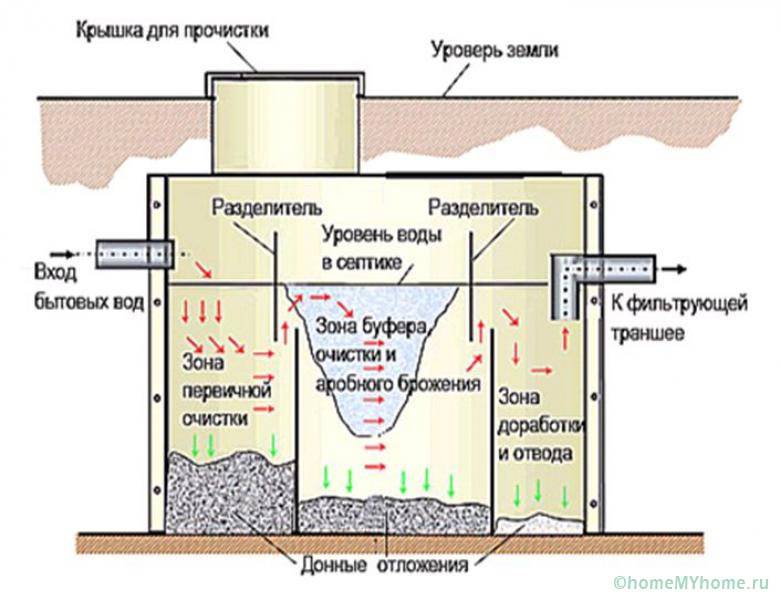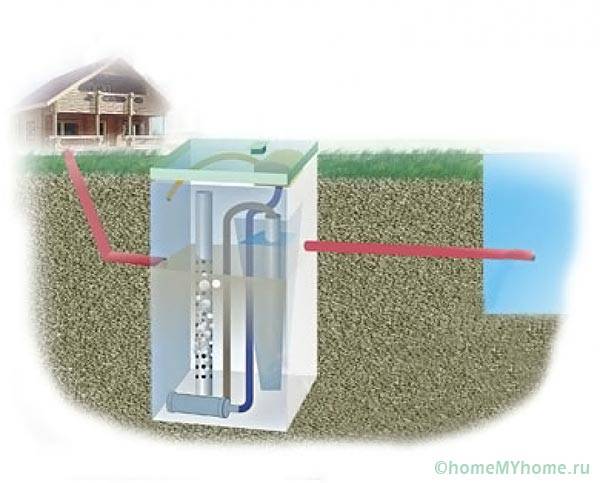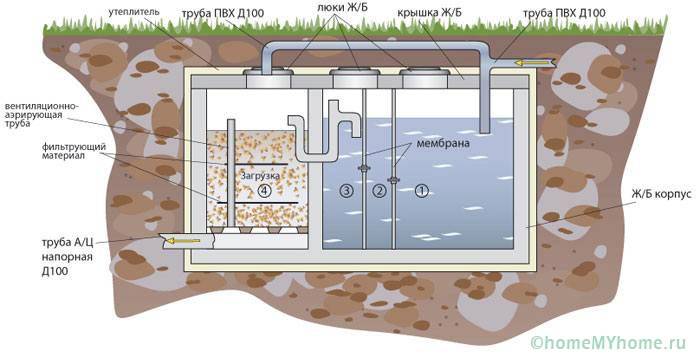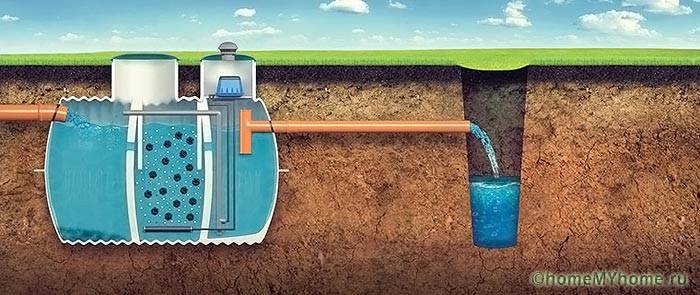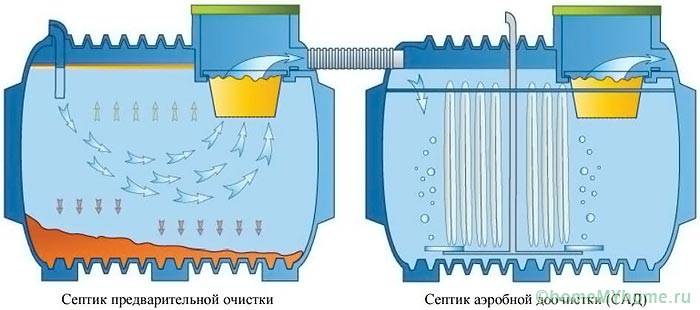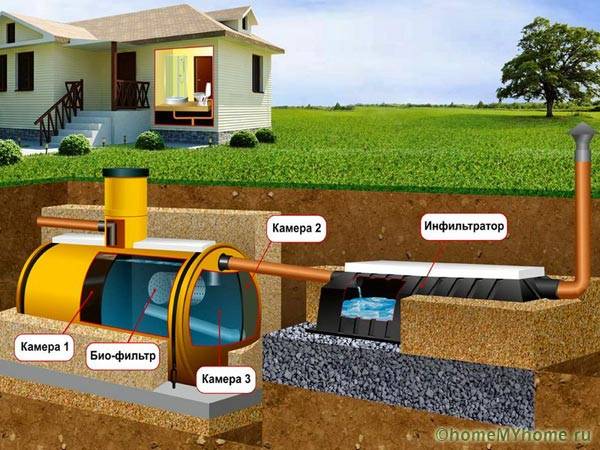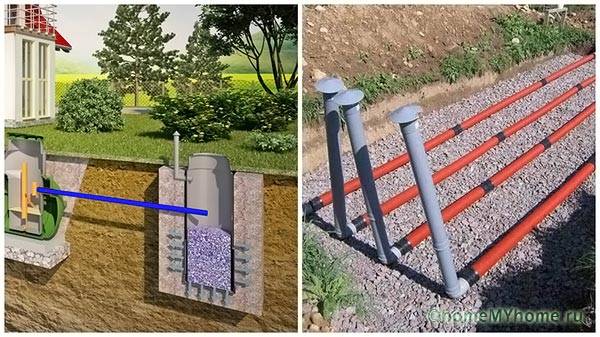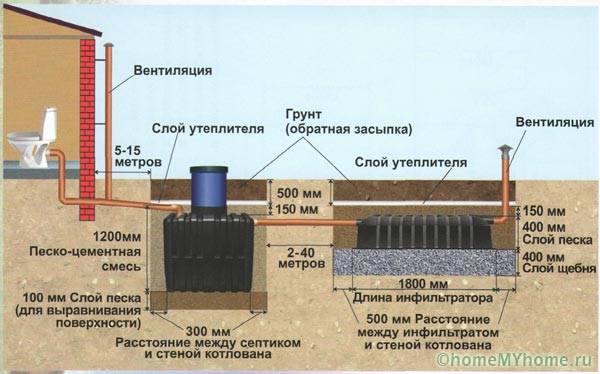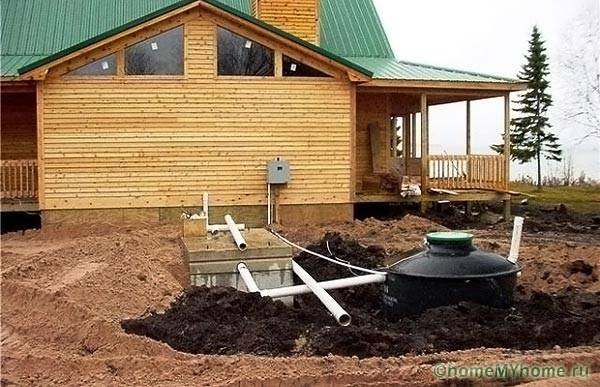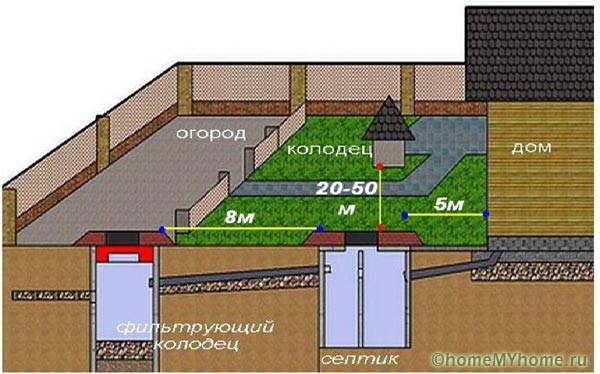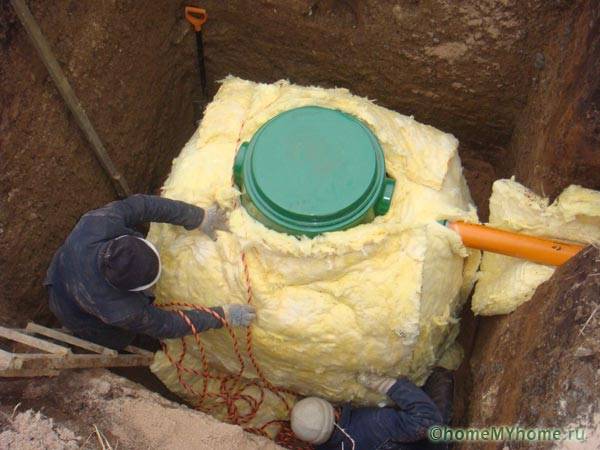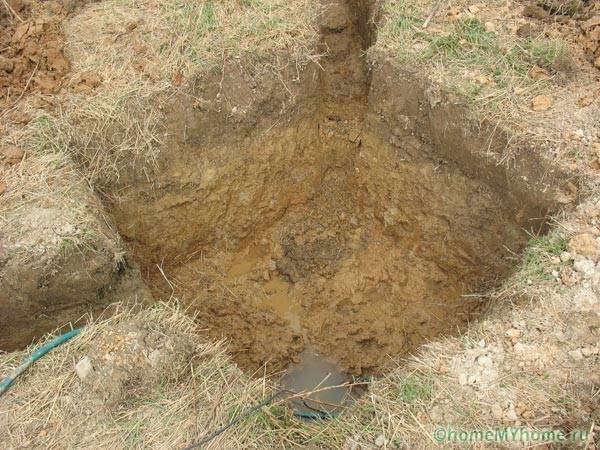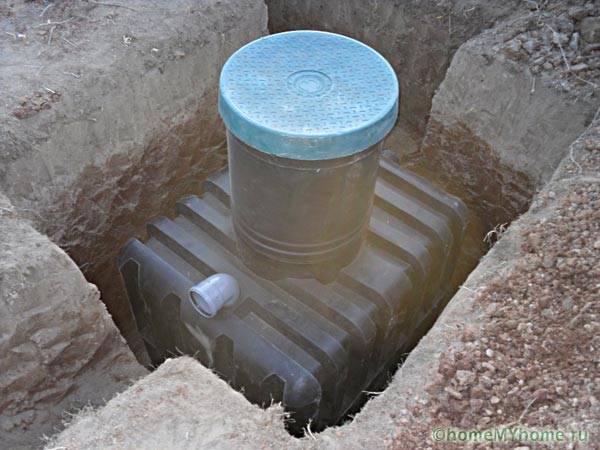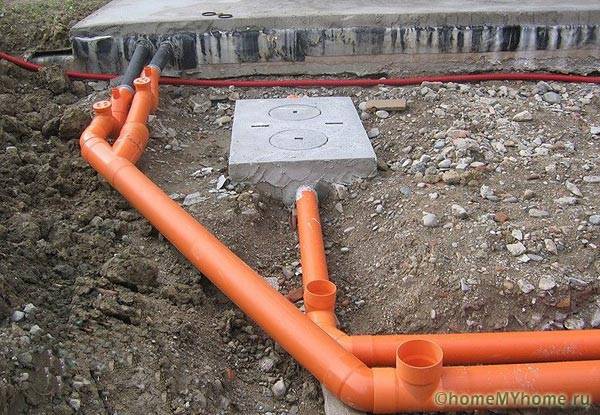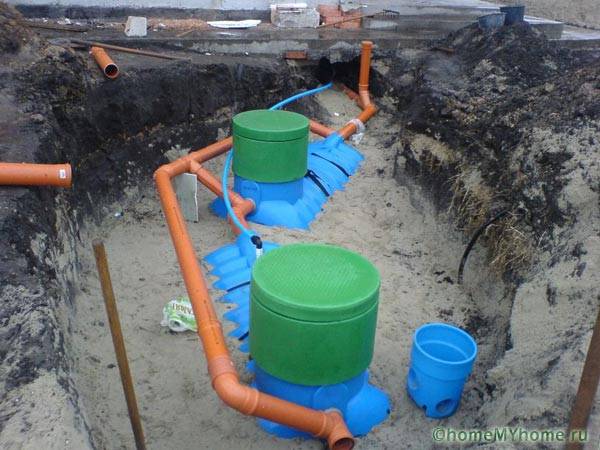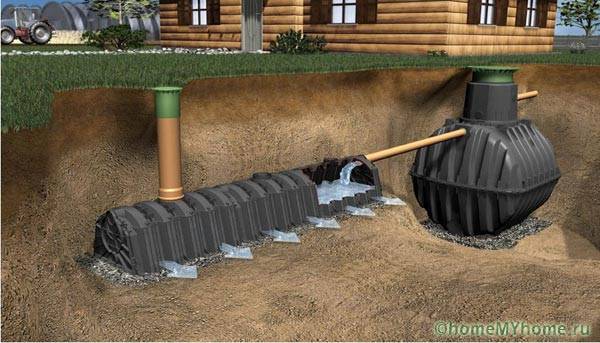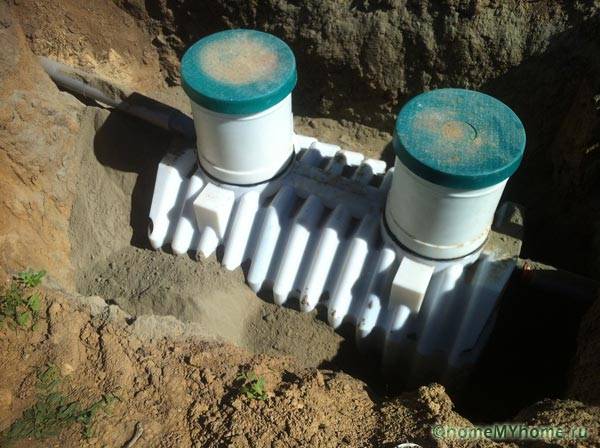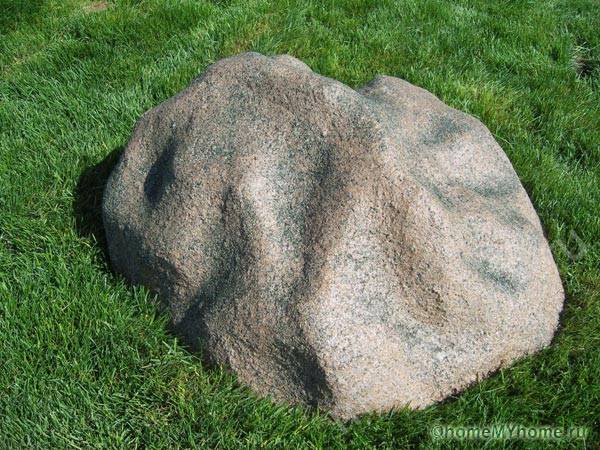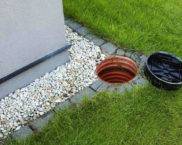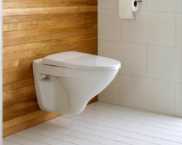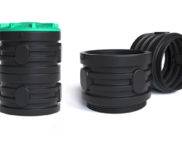Autonomous sewerage in a private house: how to choose and install?
The problem of sewerage, cleaning of domestic wastewater is relevant for any owner of suburban real estate. Therefore, if the developer has chosen an autonomous sewage system in a private house: how to choose a complete set, the characteristics of individual elements of the system is the most pressing issue before installation.
The content of the article
Video: autonomous sewerage in a private house
Scope of autonomous sewage systems
Any dwelling equipped with a water supply system needs drainage, sewage treatment. If the project includes an autonomous sewage system in a private house, how to choose equipment that combines the minimum budget for construction and operation with high performance is the main question of the owner of the cottage, who does not have a special education.
For gardeners, country houses the budget option is septic tanks that can purify wastewater by 60 - 75%. Due to the seasonal, periodic operation of houses, the underground reservoir does not require annual pumping of sewage, which sharply reduces the operating budget. Septic tanks are inexpensive, if necessary, they are made of concrete well rings.
For a dwelling of year-round operation, VOC systems (local treatment plant), SBO (biological treatment plants), aerotanks using highly efficient anaerobic bacteria are more suitable. This equipment allows you to reuse treated wastewater, pumping is rarely done. However, the budget for construction and maintenance is increasing sharply.
Autonomous sewerage design
Before you find out what an autonomous sewage system is in a private house, how to choose an option suitable for specific operating conditions, you need to consider the design of treatment facilities.There are several options for drainage systems with subsequent additional treatment:
- septic tank - several internal chambers connected by overflow pipes, in the largest of them the drains settle, lose large suspensions, mechanical impurities, in the rest there are anaerobic bacteria that decompose organic matter without the presence of air;
- aeration tank - the design is similar to the previous one, however, air is forced into the chambers, which is necessary for aerobic bacteria, which are able to break down almost all organic impurities present in the sewage;
- combined systems - at the initial stage, anaerobic bacteria participate in the purification process, then the effluents are purified by anaerobic microorganisms.
All autonomous sewage systems consist of separate elements:
- external sewage main - pipes through which drains flow by gravity (less often under pressure or vacuum) from the dwelling to the chambers of the septic tank, aeration tank;
- treatment plant - a metal, polymer, concrete tank partitioned into several chambers, there is no additional equipment in septic tanks, compressors are installed in aeration tanks;
- infiltration system - a well or a filtration field, in which treated wastewater is discharged into the soil through a natural filter (40 cm layer of crushed stone, shungite, sand) for natural additional treatment with soils.
Filtration wells have a minimum construction budget, however, they are suitable exclusively for sandy soils, areas with a groundwater level lower by 1.5 - 5 m relative to the mouth. Filtration fields are deepened below the fertile layer and can be used on clayey soils. With a high groundwater level, the only option for the infiltration system is the ground filter. Waste from the septic tank is pumped, collected in above-ground tanks, and is usually reused.
Filtration wells do not require a ventilation system; for fields, it is a prerequisite for safe operation. The filtration field is a few contours or beams of corrugated pipes, perforated with small holes. Unlike drainage systems, liquid is not collected in them, but discharged onto the underlying layer of rubble. After that, the drains seep into the soil, are cleaned, and fall into underground layers.
Autonomous sewerage design
The industry produces underground reservoirs from different materials with different characteristics. Therefore, when buying an autonomous sewage system in a private house, how to choose a complete set suitable for a particular object, characteristics is the most urgent question for a developer. At the design stage of the drainage system, it is necessary to take into account the nuances:
- anaerobic bacteria multiply independently, septic tanks can be used periodically;
- aerobic wastewater treatment systems are volatile, microorganisms die during seasonal operation, prolonged shutdown electricityrequired for the operation of the compressors, the activated sludge must be periodically updated;
- in gravity pipelines from the building to the septic tank, a slope of 4 - 7 degrees is required, if you make the angle smaller, the drains will stop flowing into the tank, with large slopes, the self-cleaning ability decreases, blockages are possible due to the accumulation of large fractions;
- when backfilling plastic tanks, they must be partially filled with water so that the walls are not squeezed by soil, which is important in areas without sources water supply;
- in septic tanks manufactured by an industrial method, the pipe entry units have a high tightness, it is much more difficult to enter pipelines into concrete rings;
- polymer septic tanks are not always loaded with drains, during winter swelling of soils, these structures can be squeezed out to the surface, therefore, a plate is laid or poured under them, to which the tank body is tied.
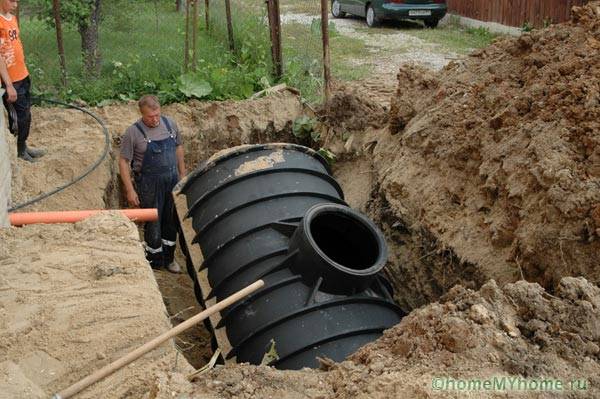
Installation of elements of an autonomous sewage system requires taking into account all possible nuances
The size of the septic tank is chosen according to the volume of the first chamber, this indicator should be 3 times more than the daily water demand of the family. For the convenience of periodic pumping of sewage, underground tanks should be located closer to the roadway. The depth of the treatment plant is always individual. In this case, it is necessary to take into account the length of the sewage main, the slope of 4 - 7 degrees, the mark of winter freezing in the region.
Making an autonomous sewage system with your own hands
In principle, for the installation of a VOC, a septic tank, it is enough to determine the location of the tank, dig a pit for it, connect it with a straight trench with the outlet collector of the internal sewer riser of the dwelling. Then install the tank, pipes, make an infiltration system, backfill.
However, there are nuances at each stage. Therefore, it is precisely to choose which autonomous sewage system will be used from septic tank in a private house and how to select individual elements with a minimum budget, you can follow the recommendations of SP 32.13330 for external engineering drainage systems.
Site Integration
When choosing a place for operating a water treatment system, the requirements of regulatory documents should be taken into account:
- distances to objects considered significant - trees 3 m, water intake source 30 - 50 m, border of a neighboring site 2 m, "red" line of the roadway 5 m, driveway 3 m, dwelling foundation 4 m, natural reservoirs 10 m;
- infiltration systems - safety distances are similar to the previous case.
In addition, you should take into account the passage of paths through the site, recreation areas, parking in order to ensure maximum comfort of living.
Attention!It is forbidden to drain drainage, storm drains, drain water from ponds, pools into the septic tank of the external sewage system in order to avoid overflow of chambers, soil contamination.
Excavation
The forces of frost swelling inevitably act on any underground structures. They are eliminated by warming the perimeter of the sole of the structure, drainage, the use of nonmetallic materials in the underlying layer, backfilling of the pit sinuses.
For septic tanks, the first two technologies are not used, the sinuses are filled with ASG or sand. Therefore, the dimensions of the pit should be 40 cm larger than the size of the container around the perimeter. The depth is calculated as follows:
- underlying layer - 10 - 15 cm;
- concrete slab - 10 - 15 cm, only for plastic structures;
- the level of freezing - due to the fact that the drains come from the building, they always have a positive temperature, heat energy is released during the decomposition of organic matter, a depth of 1.5 - 2 m is sufficient.
The trench from the tank to the cottage should have a slope of 4 - 7 degrees. For this, a height difference of 2 - 3 cm at a distance of one meter is sufficient.
The underlying layer is made of sand on dry soils, crushed stone with a high GWL. Layer-by-layer laying is required every 15 cm with compaction with a vibrating plate.
Tank installation
Polymer containers are usually installed manually, metal, concrete septic tanks are placed with a crane. If necessary, for lightweight structures, a concrete slab without reinforcement is cast over the sub-base. The tank should be placed horizontally in order to make the most of the interior of the working chambers.
Outdoor sewerage installation
The main line is assembled from red sewer pipes with a diameter of 11 - 20 mm.Before laying the communication system, work must be done:
- laying a geotextile cloth at the bottom of the trench, the edges of the material are launched onto the sides;
- underlying layer of rubble or sand 10 - 15 cm;
- ramming of inert material with a vibrating plate;
- pipe laying with a gravity slope;
- backfilling with rubble or sand;
- covering with geotextiles.
This technology will allow to exclude soil subsidence, spontaneous disconnection of sockets. Geotextile prevents mutual mixing of soil with non-metallic material.
Video: how to properly lay sewer pipes
Tank piping
All input units are sealed with rubber, silicone cuffs to prevent leaks. If necessary, install the internal equipment, overflow pipes. PVC pipes are most difficult to seal when passing through concrete rings homemade septic tanks... For this, penetrating mixtures are used, added to the cement-sand mortar.
Infiltration systems
The infiltration well is made of concrete rings. There is no bottom in the structure, instead of it a 40 cm layer of crushed stone, shungite, gravel is filled up. Filtration fields are manufactured according to the technology:
- soil is removed on the site, the size of which depends on the filtering capacity of specific soils in the building spot;
- the perimeter is covered with geotextiles, which prevent siltation, mixing with a layer of material;
- a drainage layer of crushed stone is created, on which the beams of corrugated pipes or contours are laid;
- the structure is covered with the same natural filter, then with soil.
Septic tank manufacturers produce special infiltration elements, the design of which is a hybrid of a field, a filtration well. They are mounted in a standard way.
backfilling
When using nonmetallic material in the sinuses of the excavation, pulling loads from freezing soils that act on underground reservoirs can be completely eliminated. For this, 40 cm of an interlayer on all sides of the septic tank is enough, however, layers of 15 - 20 cm should be laid, each should be rammed with a vibrating plate or a hand tool.
Hatch decoration
For servicing septic tanks, openings with hatches are used. For maximum integration of this communication element into the landscape of the site, decorative products produced by the industry are used. Usually these are figures of animals, fairy-tale characters, mushrooms, stumps, boulders made of polymer materials. They are easily removable, weigh practically nothing, have a reliable fastening, and are not blown away by the wind.
conclusions
Autonomous sewerage in a private house is done once and for a long time. If you are the owner of a small summer cottage, then many of the elements and installation steps described above are optional. If you plan to organize a drainage system for a large house where several people live on a permanent basis, then it is worth approaching the design with all care and responsibility.
Video: installation of an autonomous BioDeca system




